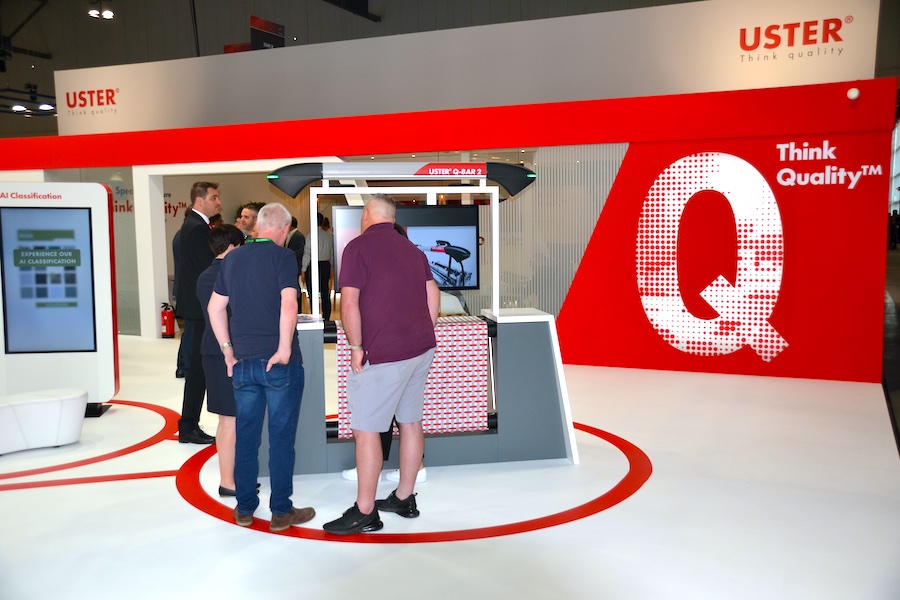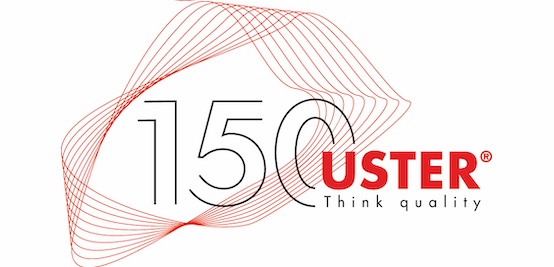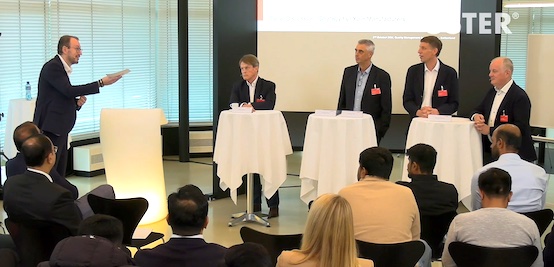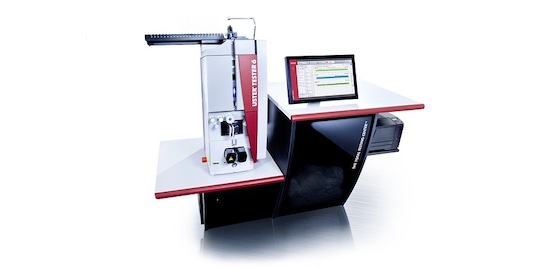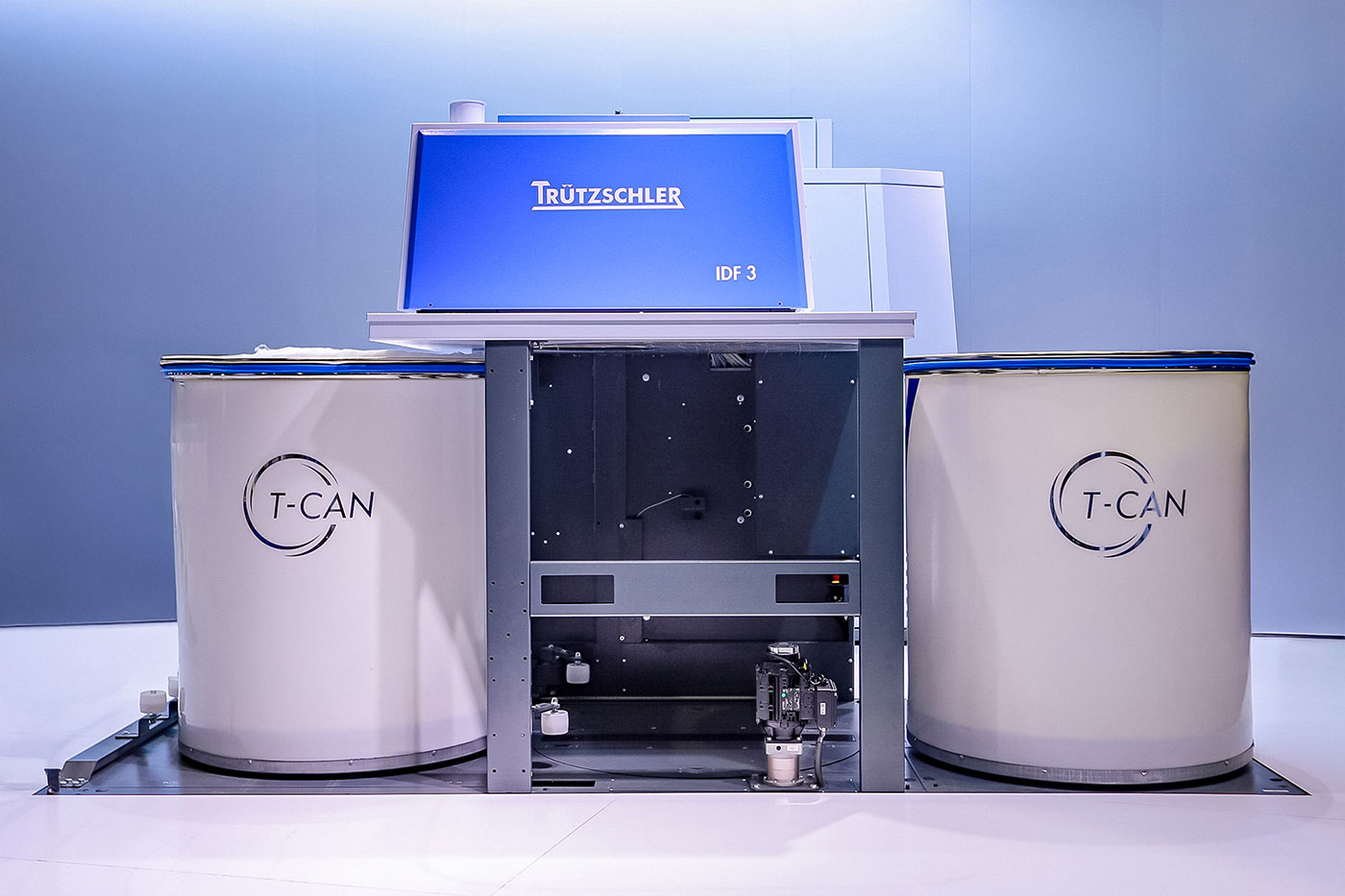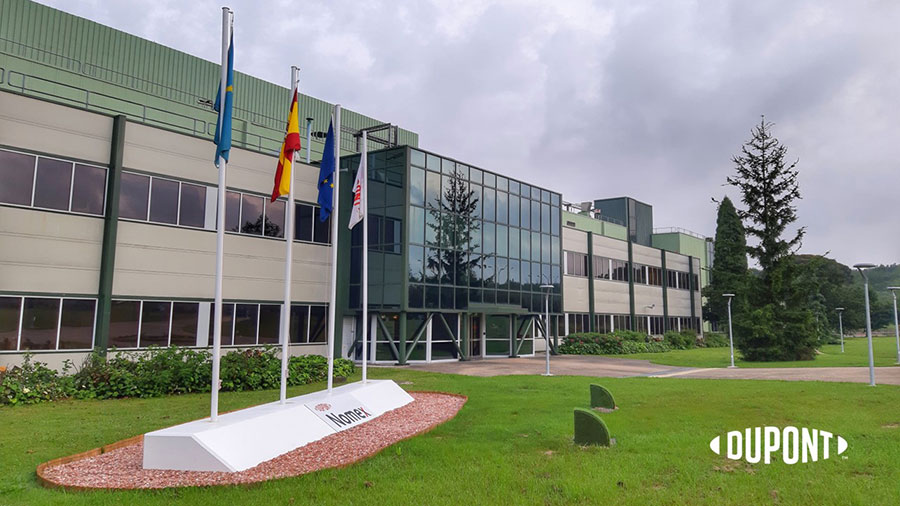#INDIA ITME 2022
Does the Pareto Principle work in spinning?
Assessing its role with Uster contamination control in yarn production
In the late 19th Century, Italian economist Vilfredo Pareto made the initial observations on which the Pareto Principle is based. Also known as the 80-20 rule, it suggests that in many cases only 20% of the effort put in will account for 80% of the result. This imbalance between input and output has been used in business to choose priorities and focus on the most effective areas to bring the greatest reward. Although not a hard and fast rule, the Pareto Principle can help to increase productivity and efficiency in industrial settings.

Specifically, it can be applied to determine ‘best practice’ in some elements of spinning when focused on contamination control.
Small effort, big effect
Experienced spinners know that contamination control in the blowroom exactly follows this principle. Correct positioning of the fiber cleaning system – at the point where the fibers are most open – is crucial. Contaminants might otherwise be hidden inside bigger tufts, but not with Uster Jossi Vision Shield at the fiber opening stage.
Uster Jossi Vision Shield is backed by 20 years’ experience. Conventional camera-based systems cannot match its performance. Operating across a much greater wavelength, Uster’s spectroscopes can find contamination even within the ‘invisible’ range of IR and UV light. Fragments of contamination in light pastel colors and white also pose no problem.
The final check
Any remaining contamination or defects will then be identified and removed by the final-stage check at the Quantum 4.0 yarn clearers, which will ensure the yarn meets customer requirements. The good news for spinners wondering about capacitive or optical clearing for a new production line, or for retrofit, is that Uster Quantum 4.0 has both capacitive and optical sensors, applicable to different yarns and changing conditions.
The non-Pareto effect
The second part of the Pareto concept – that the ‘other’ 20% of the results require 80% of the effort, does not actually apply for contamination-controlled yarn production. The principle here is “managing remaining contaminants in yarns at minimum possible cost” – and the solution is Total Contamination Control, which achieves far more than any 20/80 correlation!
Total Contamination Control means precisely controlled contamination levels in yarns, with minimum waste as an integrated solution.
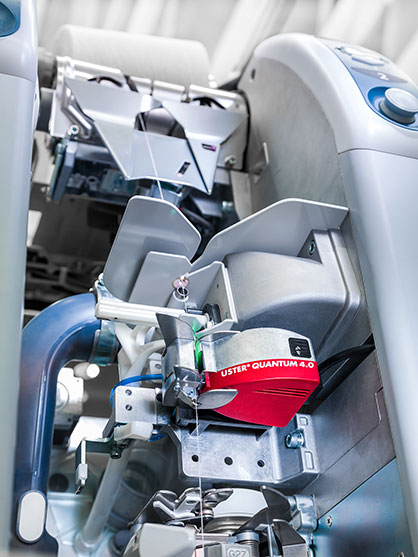
Total Contamination Control (TCC) balances ejections in the blowroom along with cuts in winding in the most advanced way. Uster Jossi Vision Shield and Uster Quantum 4.0 are two perfectly-linked systems in the production process, minimizing the risk of foreign matter quality issues and focusing on defined quality and profitability.
TCC is an Uster Value module with Quality Expert, which also reveals optimization potential to save costs. Data from Uster Jossi Vision Shield and Uster Quantum 4.0 combined with Uster’s long experience in contamination control, answer the following key questions in practice. What is the right level of contamination removal? How does fiber cleaning and yarn clearing achieve consistent levels of contamination that will satisfy the customer requirements? And how does it prevent waste of good material?
Beyond Pareto
Vilfredo Pareto of course couldn’t know, more than 100 years ago, about Uster’s preventive yarn clearing. This solution follows its own rules: preventive means that there’s no 20% or anything remaining needing extra effort, but there is security. The new combined clearing and enhanced detection modes protect yarn quality, while reducing cuts at the same time.
Furthermore, disturbing defects cannot pass, so that issues in downstream processes are prevented. Upstream, connectivity to Uster’s quality management platform contributes to ‘preventive yarn clearing’. Perhaps preventive yarn clearing could be called a 100/0 rule?



